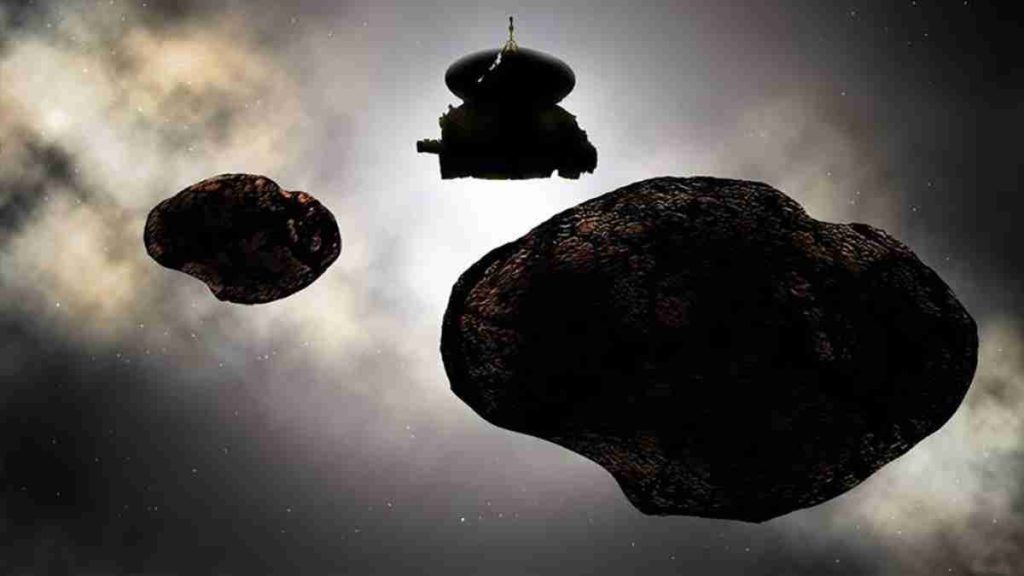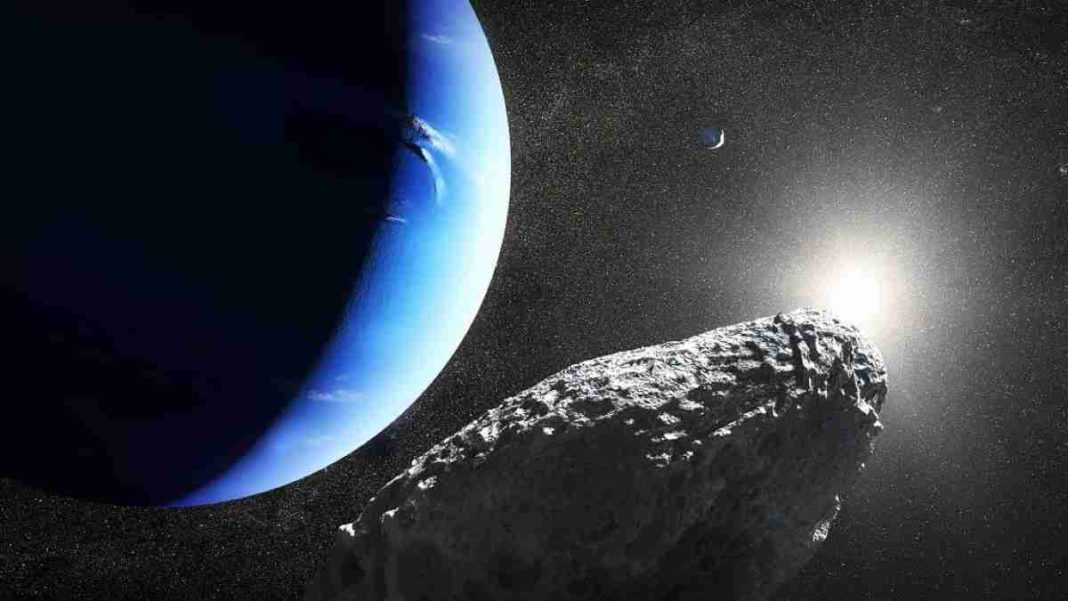INDIA: In the outer reaches of our solar system, beyond the orbit of Neptune, lies a mysterious phenomenon known as the Kuiper Cliff. This enigmatic feature has puzzled astronomers for years, but new research has shed light on its origins and provided insights into the formation and evolution of our cosmic neighbourhood.
The Kuiper Cliff refers to a sudden drop in the number of small, icy objects in the Kuiper Belt, a region beyond Neptune populated by countless dwarf planets, asteroids, and comets.
This abrupt decrease in the population of objects was first observed in the early 2000s and has since captured the attention of scientists seeking to understand its underlying causes.
A study by a team of researchers from the Southwest Research Institute (SwRI) and the University of Colorado Boulder unravelled the mystery of the Kuiper Cliff.
Using data from NASA’s New Horizons spacecraft, which conducted a flyby of the dwarf planet Pluto and its moon Charon in 2015, the scientists examined the distribution and characteristics of objects within the Kuiper Belt.
The study’s findings suggest that the Kuiper Cliff is likely the result of “resonant jumping.”
Resonances occur when objects within the Kuiper Belt interact with Neptune’s gravitational pull in a way that causes their orbits to become unstable. Over time, these objects can transition from one resonance to another, reshuffling their distribution within the Kuiper Belt.

The researchers propose that resonant jumping can explain the sudden drop in the number of objects beyond Neptune.
As the objects transition from one resonance to another, some are propelled out of the Kuiper Belt altogether or are scattered into more distant orbits, creating a noticeable depletion of objects in certain regions.
This explanation aligns with previous hypotheses that suggested gravitational interactions with Neptune were responsible for shaping the distribution of objects in the Kuiper Belt.
However, the new research provides a more detailed understanding of the specific mechanisms in action.
The implications of these findings extend beyond the Kuiper Belt itself. By studying the dynamics of objects in the outer regions of our solar system, scientists can gain insights into the early formation and evolution of our cosmic neighbourhood.
The Kuiper Belt is supposedly a remnant of the original material that formed the planets and other celestial bodies in our solar system, making it a valuable source of information about the initial stages of planetary formation.
Understanding the Kuiper Cliff also has implications for understanding other planetary systems beyond our own.
Many exoplanetary systems have exhibited similar regions of small objects, like the Kuiper Belt.
By unravelling the mysteries of our own Kuiper Belt, astronomers can refine their models and theories about the formation and dynamics of such systems in the broader universe.
As astronomers continue to explore the outer reaches of our solar system and gather more data, they hope to gain further insights into the Kuiper Cliff’s nature and the complex dynamics of the Kuiper Belt.
By piecing together the puzzle of this intriguing feature, we come one step closer to comprehending the vast and intricate workings of our cosmic neighbourhood.
Also Read: NASA’s Perseverance Rover Reveals Stunning View of Mars’ Belva Crater



